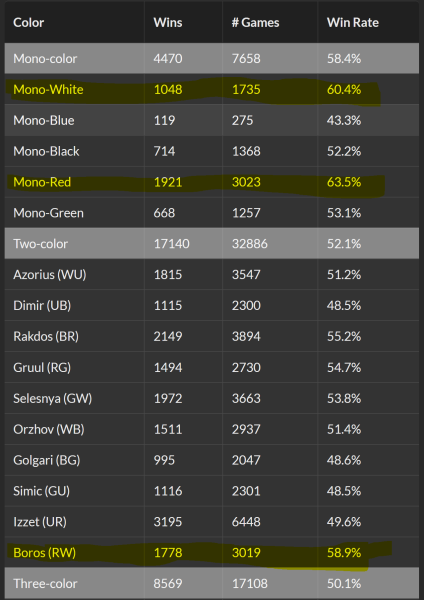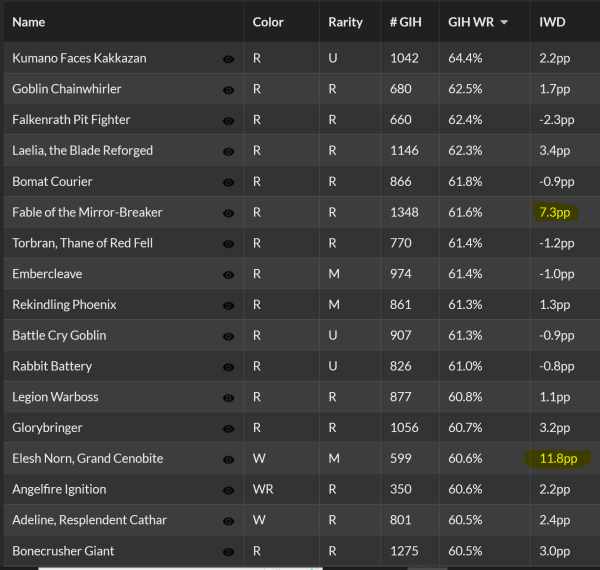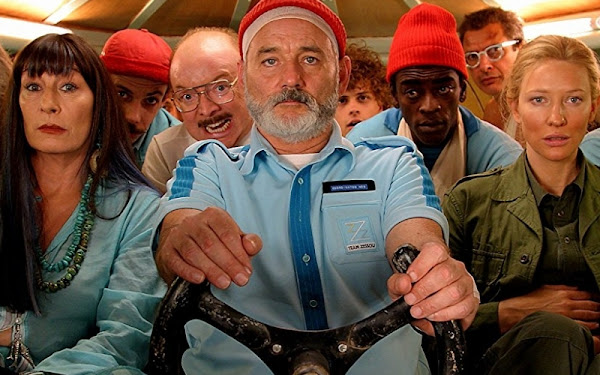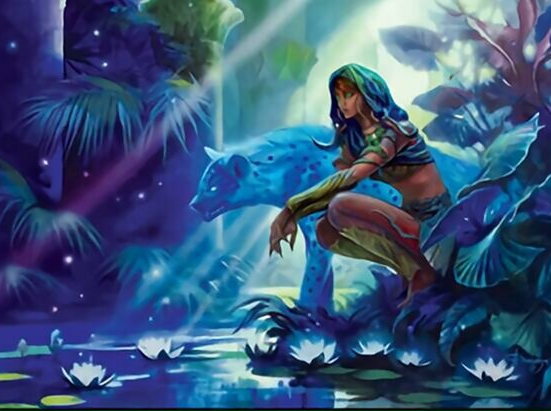Are you a Quiet Speculation member?
If not, now is a perfect time to join up! Our powerful tools, breaking-news analysis, and exclusive Discord channel will make sure you stay up to date and ahead of the curve.
A good format demands to be explored. It presents unique possibilities down each avenue and promises discoveries at every bend. The best example of this is Cube, and Arena's most recent iteration is no exception. Even experienced players will have to adjust to the new card list and relearn the terrain. The lessons of last Cube are still valuable, but the changes impact the environment. A knowledge of the landscape can help you navigate your draft to consistent success.
The best place to start is in the two mono-colored aggressive decks.
Red Aggro
The trick to the aggressive decks in this format is the one drops. Kumano Faces Kakazhan, Bomat Courier, Falkenrath Pit Fighter, Rabbit Battery, and Voldaren Epicure are all amongst the cards with the highest game-in-hand win rate, and that's not an accident. Two drops are always important in aggressive decks. When they follow aggressive one drops they can quickly pressure opponents.
In traditional draft sets, we first pick the top-end threats. In Cube, the power level is high all around. The best way to capitalize on that is to ensure we have the cards that make our deck work consistently. For an aggressive deck to perform consistently, it needs to set the tone early. This means prioritizing cheap creatures. The more expensive cards are mostly interchangeable, but cheap creatures are essential. Of the expensive cards, Embercleave is by far the best finisher.
White Aggro
Similarly, the best white decks are low to the ground. We want a deep arsenal of one and two drops. Adanto Vanguard and Luminarch Aspirant are effective and white's three-drops are very deep. Elite Spellbinder and Adeline, Resplendent Cathar have consistently looked powerful.
Oketra's Monument improves with the addition of Sigardian Evangel. The two combine to create X 1/1s and 3/1s while tapping X creatures down. Both cards are strong on their own and should not be overlooked. The white deck can use the monument to go wide with Clarion Spirit, Wedding Announcement, Angel of Invention and others.
The Alchemy Baldur's Gate legend Lae'zel, Githyanki Warrior is the most powerful addition to the color. It blanks removal and is very hard to deal with in combat. While I don't want a lot of four drops, this is one of the best. Similar to the red decks, you won't need to prioritize traditional bombs in the drafting portion. Focus on curving out and applying consistent pressure. There are enough bombs to go around.

The data provides compelling reasons as to why we should start our draft looking to be aggressive. While this chart doesn't explicitly aggregate aggressive decks versus slower decks, it reveals a clear color preference.

The red aggressive cards boast the highest win rates in the format. Additionally, I highlighted the IWD (improvement when drawn) of the two midrange threats. While Elesh Norn, Grand Cenobite and Fable of the Mirror-Breaker have strong win rates, their decks struggle when those cards aren't drawn. The is clearer when we explore the rules of engagement for midrange decks in the format.
Midrange Migraines
The aggressive decks want to curve out, pressure our life total, and close out the game fast. This linear strategy leads to consistent gameplay. These decks have an abundance of tools and are on top for a reason.
Comparatively, the midrange decks need to provide a defense that can stabilize the board. Then they need to develop threats that can close out the game before aggressive decks assemble lethal damage. The following pieces are all valuable for different brands of midrange decks.
- Fixing - to provide access to more powerful cards
- Defensive Speed and Interaction - to not die to aggressive decks
- Grind and Card Advantage - to win the mirror and beat more controlling decks.
- Win Conditions - This can refer to any collection of tools that can actually win the game.
The aggressive decks are focused on doing one thing, whereas the midrange decks are torn between establishing a game plan and turning the corner. The aggressive decks define the updated Cube environment, but other decks can still thrive if they're built correctly.
Data Be Damned

Arena Cube is a lower-stakes format (as measured through the cost of entry and the reward for winning, as well as a lack of attached rankings). Take advantage of this format and explore what it has to offer.
One of the best ways to learn about this format is to look across the table. So many of the decks do powerful things, and there are a lot of viable options to consider. Cube encourages creative approaches and can turn any Spike into a Johnny.
Ramp/Lands/Go Big Green
Going bigger than the aggressive decks is a nice way to position yourself against the meta. Oracle of Mul Daya is a powerful centerpiece, while Thragtusk, Elder Gargaroth, and Workshop Warchief all generate value and gain life which makes things difficult for the aggressive decks.
Best of all, this is a deck that can start on turn one. Elvish Mystic, Llanowar Elves, and even Gilded Goose can put aggressive decks on the back foot. There are plenty of finishers, but the ones worth prioritizing are Kogla, the Titan Ape, Ugin, the Spirit Dragon, and even Ulamog, the Ceaseless Hunger.
The elves are good in a lot of the midrange decks. Taking one early is a reasonable place to start your draft and can help you get into this archetype while leaving other options open.
Gruul Beatdown
The Red Green deck is a bigger aggressive deck. This deck doesn't have the high count of one drops, although it does want the elves. Your threats should be bigger than the mono-colored decks, but you're still playing aggressive creatures.
Domri, Anarch of Bolas and Halana and Alena, Partners are both powerful cards for this deck and exemplify your game plan. Dragons like Glorybringer are great ways to end the game in a deck like this and the burn spells are both interaction and reach.
Esper Midrange
White provides a number of options that the aggressive drafters will ignore. You can often wheel Banishing Slash, Seal Away, and The Birth of Meletis in addition to board wipes like Day of Judgment. Most white players will pursue an aggressive deck, which means these types of cards will be available late. The black removal spells haven't been as impressive, but you probably want some number of them.
Contrary to many of the decks in the format, the top-end threats are the draw to this archetype. Elesh Norn, Grand Cenobite, Sheoldred, Whispering One, The Scarab God, and Hullbreaker Horror are all very difficult to beat.
Timeless Witness Decks
I've spent most of my drafts in the Cube working on Timeless Witness decks. Usually, these are three-color piles with a lot of powerful cards and card advantage. These decks don't tend to play as many top-end threats and are more formidable in the midgame. Timeless Witness has strong synergies with Baral's Expertise and Mythos of Illuna. Every copy of the Witness can regrow either sorcery while fighting down the opponent's creatures or resetting their development.
Even without any specific synergies, I like this card. It brings back a useful answer or a problematic threat, and it can do it again when you eternalize it. This type of deck uses a diverse array of pieces. You want to keep the card quality high and keep the hits coming. Cards like Mulldrifter, Crystalline Giant, Once Upon a Time, The Scarab God and Fable of the Mirror-Breaker don't have much in common, but they all fit in this deck based on card quality alone.
Mizzix's Mastery
Mizzix's Mastery has powerful applications. Most famously, it combines with Magma Opus to fuel a glut of value on turn three. However, if the game goes long, knowing that this is in your deck makes it feel like you can't lose.
Many of the red decks pull you towards being aggressive, but this card wants to play a longer game. It fits best in control shells and makes good use of the red burn spells. Cards like Young Pyromancer and Smoldering Egg play well with the Mastery as they set up your late game. The aggressive spell-based cards don't belong in this deck.
Aristocrats
This has been the biggest underperformer in my eyes. It has good tools in Blood Artist, Lolth, Spider Queen, Morbid Opportunist, and The Meathook Massacre. I think the problem is the creatures are too small for the aggressive matchup and the midrange decks are going over the top of it.
Weaknesses aside, I think this deck has potential, and perhaps it just needs to go bigger. The Esper endgame cards might be a good direction, but the aggressive black and white cards might provide a better direction. There is a lot of room for variance in Cube and this deck has potential.
Conclusion
Cube's high power level makes every draft feel like a novel experience. There are countless archetypes that we can iterate on and experiment with. In the current Arena Cube, the aggressive decks will give us the best chances to win, but that doesn't always equate to the best experiences. This is a format that deserves exploration and it's hard to play it without being tempted to stray from the data.
I've had success playing midrange decks and the format has been a blast. Each synergy makes me want to explore further, and there are many cards I've yet to test. This format is a great forum to pursue your creativity and that path will lead to fundamental growth as a drafter and Magic player. While I hope this guide gets you the wins you want, I'm more excited to hear about the discoveries you've made. Make sure to comment about what decks have worked best for you!





